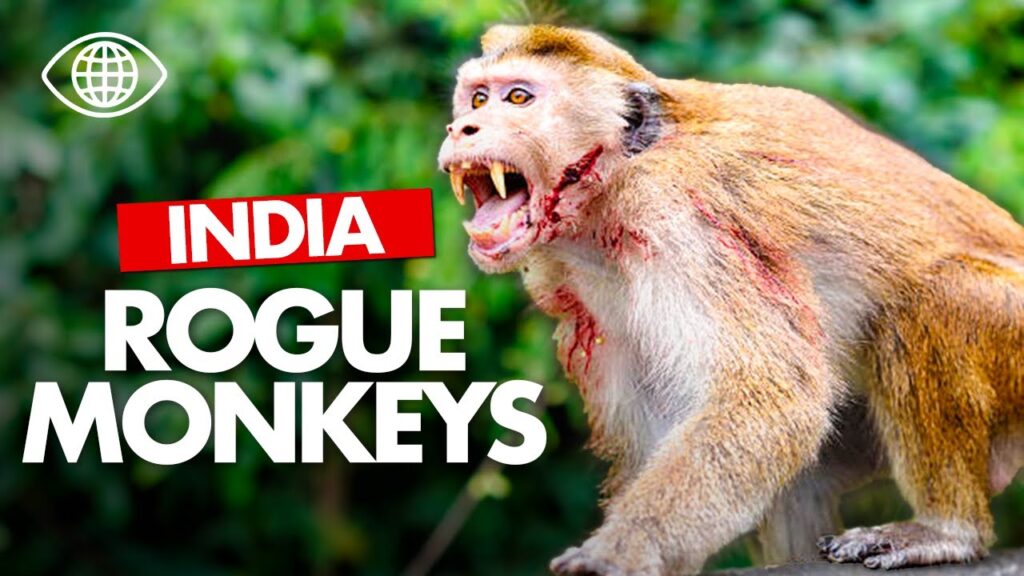
New Delhi, India’s bustling capital, is no stranger to the clash between modern life and wildlife. But in recent years, the presence of monkeys in the city has escalated into a full-blown crisis. Once confined to temples and forested areas on the city’s edge, monkeys—particularly rhesus macaques—have now taken over neighborhoods, government buildings, and even some of the city’s most protected areas. What was once amusing to tourists has turned into daily chaos for residents.
The problem stems from a mix of cultural, ecological, and human-made factors. In Hindu tradition, monkeys are often associated with the deity Hanuman and therefore respected, fed, and rarely harmed. This has allowed monkey populations to grow unchecked. Combine this with rapid urbanization that destroyed natural habitats, and the result is a primate invasion right in the heart of one of the world’s busiest cities.
Residents now live in constant tension. Troops of monkeys leap across rooftops, climb balconies, and raid kitchens. People report waking up to find their fruit baskets missing, clothes pulled off clotheslines, and in some cases, documents and electronics stolen from open windows. Markets and bus stops have become hotspots for monkey mischief, as the animals boldly snatch food from the hands of unsuspecting shoppers and commuters.
The chaos is not just inconvenient—it can be dangerous. Monkeys have been known to attack when threatened or provoked, leading to scratches, bites, and serious injuries. Rabies and other diseases transmitted through bites add to public fear. In 2007, a high-profile incident shocked the nation when the deputy mayor of Delhi died after falling from his balcony while fending off aggressive monkeys. Since then, authorities have struggled to find effective solutions.
One attempted solution was the use of trained langurs—larger, more dominant monkeys—to scare away the rhesus macaques. For a time, this worked, but animal rights concerns and bans on keeping langurs for this purpose put an end to the practice. Other strategies, like sterilization programs, feeding bans, and relocation drives, have been slow and largely ineffective. With Delhi’s monkey population estimated in the tens of thousands, the scale of the problem remains overwhelming.
Meanwhile, the monkeys are getting smarter. They have learned how to snatch glasses, phones, and even passports, often holding them “hostage” until offered food in exchange. Videos of such encounters have gone viral, drawing international attention but also highlighting how deeply rooted the problem has become.
For many Delhi residents, daily life now requires caution. People carry sticks, sling bags, or even water guns to protect themselves on the streets. Some apartment complexes have hired guards specifically to shoo away monkeys. Government buildings are not exempt either—there are stories of monkeys disrupting parliamentary proceedings, tearing files, and running off with official papers.
Experts argue that the long-term solution lies in restoring ecological balance. That means stricter waste management to reduce easy food sources, awareness campaigns to discourage feeding, and efforts to create green zones where monkeys can live away from dense human populations. Without such steps, New Delhi risks remaining a city where chaos and coexistence blur into one.
The monkey crisis of New Delhi is more than a local nuisance—it is a cautionary tale for other urban centers worldwide. As cities expand and push deeper into natural habitats, human–wildlife conflicts are bound to intensify. For Delhi, the challenge now is not just reclaiming order in the streets but finding a sustainable way to live alongside one of the most mischievous and resilient animals on Earth.


